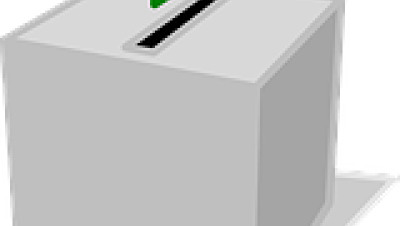Marissa races to escape her pursuers on the playground. She quickly ascends the steps, darts across the bridge and heads for the opening at the zipper climber (or any of a dozen other similar play events). She knows she is about to be captured so she steps quickly out onto the top rung, loses her balance and falls. It’s Thanksgiving Day, 2001, but it’s a day her family will not be thankful for. Later that evening, Marissa dies—a victim of a very common piece of playground equipment.
According to the coroner’s report, Marissa struck at least three metal rungs as she fell, rupturing her spleen. Her death was slow and painful; the enduring tragedy of her loss remains with the family. How could such a thing happen? Haven’t there been improvements in playground equipment design? In playground safety?
The answer is a qualified “yes.” There have been efforts to improve playground safety, particularly by the National Program for Playground Safety (Dr. Donna Thompson, UNI), the Consumer Product Safety Commission and the American Society for Testing and Materials (ASTM). Unfortunately, these efforts have overlooked an important and growing type of hazard. This hazard comes from metal rungs attached to multi-deck climbers. If you have a multi-deck climber in your playground, you might have such a hazard too.
The Consumer Product Safety Commission’s Handbook for Public Playground Safety states: “Climbers should not have climbing bars or other structural components in the interior of the structure onto which a child may fall from a height greater than 18 inches”.
Sounds reasonable and makes sense, right? Again, the answer is a qualified “yes.” Defining the word “interior” is the key to identifying the hazard. Almost every major playground company interprets this guideline in such a way that ‘interior’ does not apply to the bars which killed Marissa. Those bars (rungs) are on the “exterior” of the structure they say, and so, presumably, it is okay for children to fall on them—at least according to most manufacturers’ catalog designs. Take a look at the attached photos.
It is obvious that the rungs are on the “interior” of the particular play option, even if they attach to the exterior of the deck.
The climber involved in Marissa’s death is listed on the International Playground Equipment Manufacturers Association as “IPEMA” Certified. Childcare center owners may mistakenly believe this certification relates to safety–obviously for Marissa it didn’t. It actually relates to compliance with the ASTM F1492 standard, not specifically to safety. It simply means the manufacture of the equipment and the equipment’s structural capacities are acceptable.
Even a casual glance at the equipment pictured here shows the problem and the danger to children. When children fall from an elevated deck, they fall down. Both CPSC and ASTM recommend resilient surfacing around elevated play equipment to protect children from falls (down) from elevated play components.
Resilient surfacing is critical because more than 60 percent of playground injuries are caused by falls to non-resilient surfaces. It is quite obvious then that if there are horizontal rungs or bars between the elevated play structure and the resilient surface, the depth, type or condition of the resilient surface is immaterial. Even if the resilient surface is the best available, is twice the depth required and is in excellent condition, the rungs are hard and will cause an injury. In other words, the children strike the bars before they contact the resilient surface designed to protect them in a fall.
A similar tragedy happened with an 11-year-old girl in Austin, Texas; she survived but had to have a spleenectomy. A 9-year-old boy sustained a closed-head brain injury after striking his head on a metal rung and now spends his days in a wheelchair. The tragedy is that all three incidents were avoidable; these children and their families’ lives did not need to be forever changed.
Now, as a playground owner/operator, you cannot make manufacturers change their designs, but you can take some steps to remove such hazards from your playgrounds if you have them:
- Climb up onto your elevated play structures and look down to see what is in the path of a child’s fall.
- Seal off any climbers with bars or rungs and contact the manufacturer to remove the hazard. (Sharing a copy of this article may be helpful.)
- Review any playground equipment purchases you are considering to make certain there are no climbers with bars or rungs in the fall path from elevated play structures.
- Write to the Consumer Product
- Safety Commission and voice your concern about this issue.
- Write to ASTM and voice your concern about this issue.
- Make parents aware of this type of potential injury so they can be on guard for it at other playgrounds.
While no playground can ever be 100 percent safe, it is important to eliminate as many hazardous situations as possible. After all, if a 12-year-old cannot foresee the imminent potential for injury from such climbers, then certainly a 5-year-old won’t either. As a playground owner/ operator, you can. Make the real-life tragedies described above count for something positive; children are depending on you to become proactive with these hidden, but obvious, hazards.
*The preceding is a true story, but the name has been changed to protect the family. All accidents described in this article are from actual case histories.












Add new comment